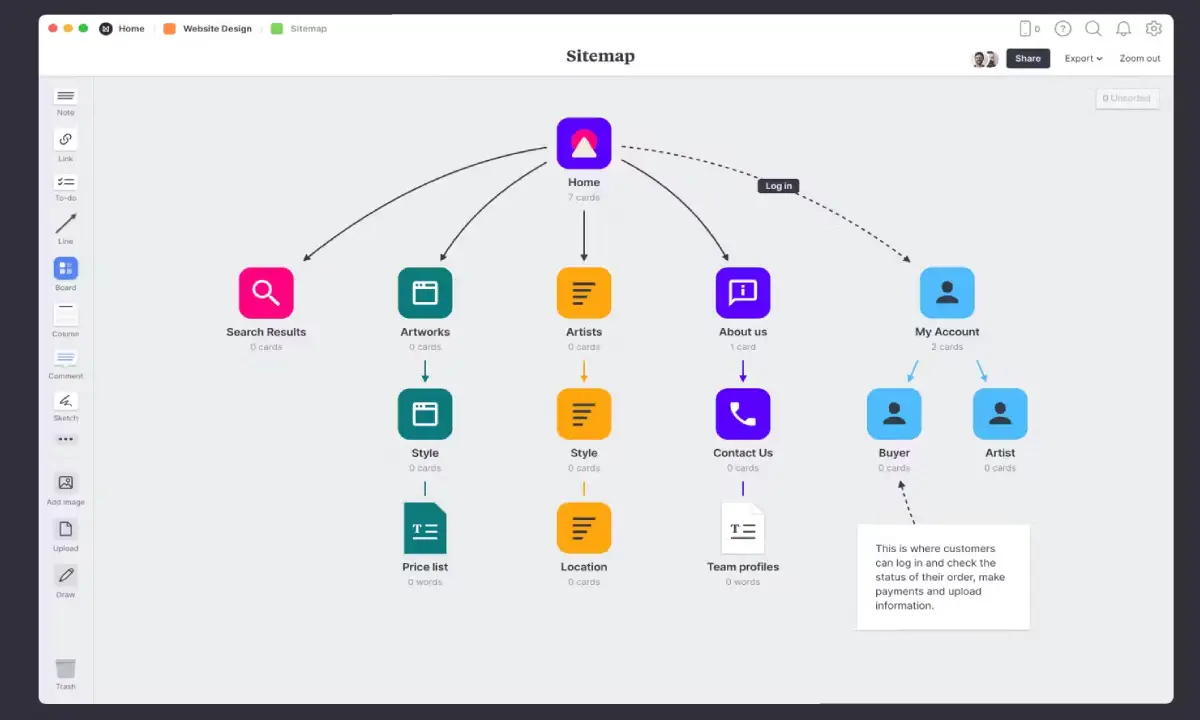
In the recent day’s digital marketing strategies, being organized in organizing your website is crucial in increasing your websites SEO and thus visibility on services such as Google. Organizing your website well helps the users to navigate through friendly and also aids the search engines to crawl and rank your site higher. In this blog post, you will learn how to create an ideal website structure for SEO, the elements involved in that structure, and some pointers towards staying SEO -friendly online. Also check out – best seo company in Delhi.
Why Website Structure Is important for SEO
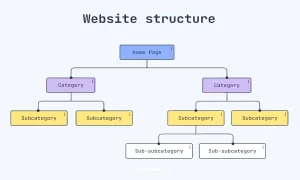
Website structure defines how one or another page of your site is put in relation to others and connected with them. Most search engine interact with websites through crawlers or bots common known as spiders that are responsible for walking through your site, indexing it and ranking your pages according to relevance and quality. This is advantageous in making these crawlers to be able to access all the parts of ones website hence leading to enhanced indexing and better search engine ranking.
Furthermore, the well satisfying layout structure in a website enables the users to have easy access to their preferred sites hence minimizing on the bouncing rates. In this case, usability is a significant component of ranking factors as believed by Google and other search engines, therefore, a friendly site design affects your SEO rankings directly. For more information visit best seo companies in India.
Guidelines to follow when Building an SEO Friendly Website Architecture

- Plan Your Site’s Hierarchy
A website’s hierarchy is the structure of the website, it is the framework of the website. Perhaps, one of the most important things to think through is how the content of the site will be placed in a logical manner. Most categorizations of websites are organized in a tree like manner, where the root is the home page followed by higher level categories, subcategories and finally content pages.
A good hierarchy is usually no more than three levels deep:
- Level 1: Homepage
- Level 2 – Navigation/The subcategories (for instance, services and products, blog)
- Level 3: Subcategories and specific articles (e. g. , a blog post, product description pages).
Tips for effective hierarchy planning:
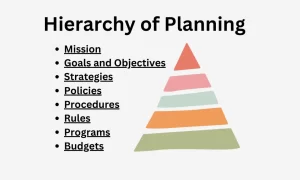
Keep it simple: Many categories, subcategories and links make it difficult to navigate or even for the search engines to list and recognize.
Make sure that any page of your site is no more than 3- or 4-clicks away from the homepage.
Related group pages should be grouped in the similar category.
- Hireone has a Logical and Clean URL Structure.
Having clean URL also has the ability to explain your page to users easily and it also aids the search engine in identifying your pages easily. Every URL should be meaningful and contain relevant keywords as to what is contained in the page.
- Invest in a Great Internal Linking Structure
These are links that are placed within your website, the a link that directs you from one of your web page to another. Internal link structure is very important to spread out ‘link juice’ or ranking capability across your website and it helps search engine crawlers to locate your pages. You may also know about Responsive WordPress design.
Benefits of internal linking:
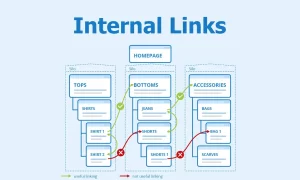
It is used to notify the search engines about the new or modified contents that are vital to dissemination to the public.
Enhances the usability because it helps the users navigate to relevant pages.
Exchanges the arbitrary power derived from a high authority web page to lower authority site.
How to create an effective internal linking strategy:
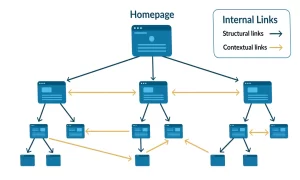
- Connect your high-authority pages such as home page to your other low authority pages that most users do not frequently visit.
- This should be achieved by using descriptive anchor text that contain keywords.
- It is recommended that internal links are placed within the body content of blog posts, service pages, and product pages so that the user is navigated to the selected content.
- Don’t overdo it – it’s desirable to have several internal links placed on each page.
- Optimize Your Navigation Menus
Your navigation menu is one of the most important components of the usability and of the pool of issues concerning the interaction between the site and both users and the search robots. Navigation is one of the essentials that is relevant to the interaction of both visitors and crawlers: the former should be able to quickly locate the most significant pages of a given website, whereas the latter should have a possibility to access all the parts of it as quickly as possible.
Best practices for navigation menus:
- Don’t overcrowd the navigation menu so that it becomes confusing to the visitors.
- Apply adjectives to the names of the offered dishes (i. e. , avoid “What We Offer You” and use “Services” instead).
- It should be remembered that the critical product categories or pages should be made easily accessible in the main menu.
- Add footer navigation menu is a must to add which refers to ‘About Us,’ ‘Contact,’ any top-ranked internal web page.
- Place breadcrumb navigation so that you are able to inform the users of what part of the site they are on and to help the search engines to crawling.
- Create a Mobile-Friendly Design
And today, people browse the web mostly via portable devices, so if you ignore the necessity to create a site that is adequate for mobile devices, you will not have a chance to succeed in terms of SEO. Mobile-friendliness has long been one of the ranking factors, but with Google’s mobile-first indexing, the search engine mainly crawls and indexes the mobile version of your site. Mobile responsiveness is one thing that makes a huge impact on SEO when a site is properly designed for hand-held devices.
Tips for mobile optimization:

- Make sure to implement the responsive design mechanism, so your website will adapt to the various devices’ resolutions.
- Do not use such technologies like the Flash and others that can cause problems in the mobile facilities.
- Optimize image in mobile website by reducing its size of the image.
- When designing buttons, for touchscreens make sure text is large, clear and easily clickable.
Final Thoughts
A well-structured site is one of the best things that you need to do to ensure that you get optimal SEO and quality search engine rankings. There are basic areas of approach that if developed will ease navigation both by the user, as well as the search engines; these include the hierarchy, clean URLs, Internal linking, and mobile optimization. For more details visit SEO consulting services for small businesses.
SEO in other words is not only about keyword and content but it is about work done on website that supports both user experience and discoverability. Skeletally much structured website not only enhances your ranking but also enhances the usability of the site where people will not depart from your site easily, but they wish to go through your content.




